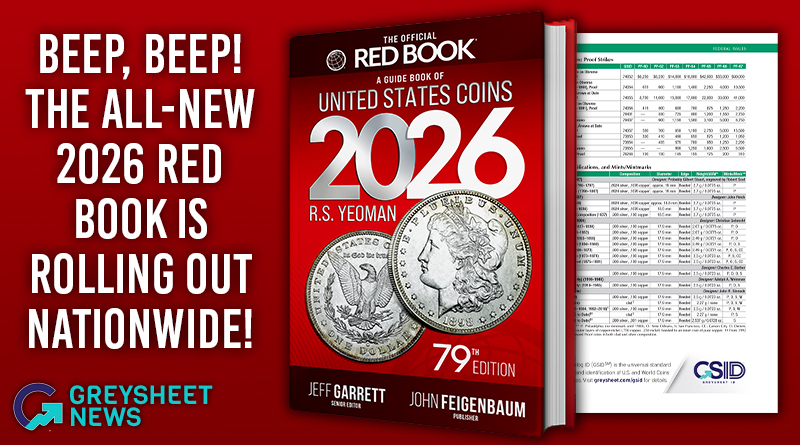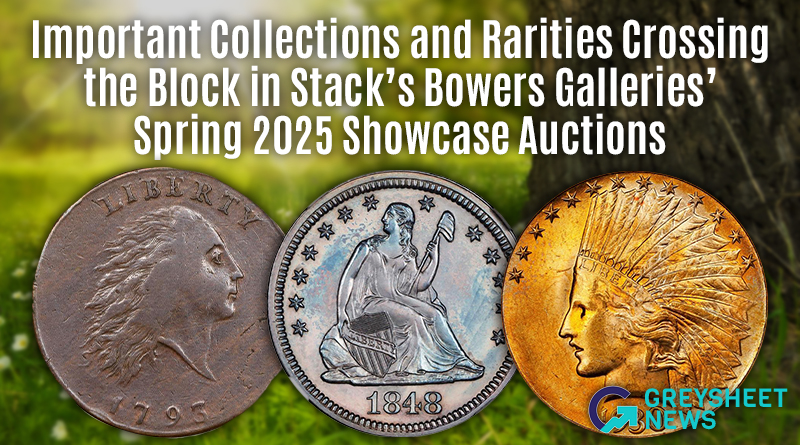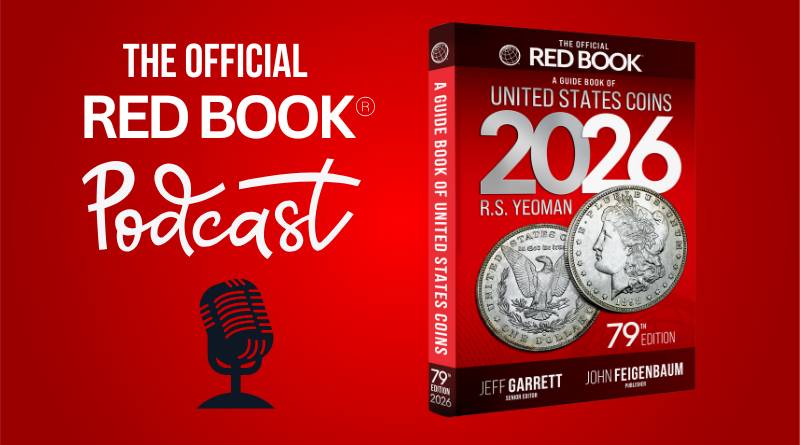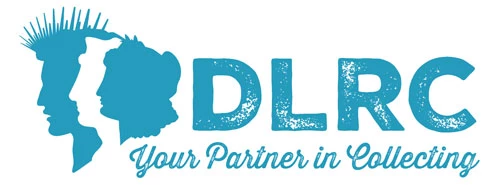- U.S. Coins /
- Nickels /
- Buffalo Nickels, Proof (1913–1937) /
- 1927 5c Special Strike SP
1927 5c Special Strike SP
Image
Coming
Soon
Greysheet Catalog Details (GSID: 377439)
The "Special Strike" 1927 Buffalo nickel was discovered by dealer Robert Rhue in 1989 in a multiple-coin group of 1927's. Rhue realized that six coins in the lot were struck with special surfaces. Heritage Auction co-chairman also agreed and purchased a number of coins later. According to Heritage Auction lot descriptions:
Six remarkable 1927 Buffalo nickels appeared on the numismatic scene about 35 years ago, all with fully struck design elements and satiny matte surfaces, reminiscent of the finish used on the proof nickels of 1913 to 1916 and early 1936. Three of these coins were held by coin dealer Robert Rhue, who sold one in a private transaction and consigned the other two to the auction of the George A. Dickenson Collection (Harmer Rooke, 6/1989), where they appeared as part of lot 386, a bulk lot of Buffalo nickels. The other three special nickels were purchased by Heritage Co-Chairman James Halperin at a coin sale in 1989. Both PCGS and NGC consider these six special coins Specimen strikings today.
The source of these pieces was unknown. In his United States Proof Coins, Volume II: Nickel, John Dannreuther notes that these coins may have come from the estate of John Sinnock. Sinnock was a "quiet and unassuming" man, according to Neil Harris, former editor of The Numismatist, but he was "always trying new things." Much of Sinnock's collection was consigned to the joint ANA-CNA auction conducted by Kelly and Charlton in Detroit in 1962. It is possible that three of the Specimen 1927 Buffalo nickels were included in lot 352 of that sale, but that remains uncertain.
One of the problems encountered when these coins first appeared is that they were totally unsuspected. There is no actual documentation that says such coins were struck. No one knew they existed. And yet when they appeared the physical evidence from the coins themselves was incontrovertible. When John Albanese, then of NGC, examined the coins, he stated: "I could have sworn they were Proof." However, "It's terribly hard to call them a Proof without any backup. ... We couldn't call them Uncirculated or a Proof. They are definitely something special. We felt classifying them as Specimen was the proper thing to do."
Jim Halperin purchased two of the coins from an unspecified source. His impression at the time was noted in a Coin World article shortly after purchase: "Two of the coins came to me as standard MS-65s, but when I examined them, I was impressed by their extraordinary texture. It reminded me of the Satin Finish Proofs minted in 1936, but to see texture like that on a 1927 mintage was unbelievable! It didn't seem possible."
The first breakthrough in discovering the origin of these coins came from an entry in the 1928 Report of the Director of the Mint: "At the Philadelphia Mint a chromium plating plant has been installed and is being used for greatly improving the wearing qualities of dies, coin collars, machinery parts and models." George Hunter at the Philadelphia Mint said chromium-plated dies had been used on U.S. proof coinage since 1972, and he said these dies left telltale signs when they were used. Chromium-plated dies show microcracking in a "crazing pattern." In more common parlance, coins struck from such dies show a "dry riverbed look" in the fields. This microcracking is very subtle and is more easily seen toward the edge of the coin in the thin area between the light and dark areas of the coin's surface. Strong magnification is also required, he suggested between 10x and 50x. The six coins all had evidence of microcracking.
It is our opinion that these Specimen strikings most closely conform to Dr. Judd's definition of an experimental coin which:
" ... include those struck with any convenient dies to try out a new metal, such as aluminum, a new alloy, such as goloid, or a new denomination; those which represent a new shape, such as the ring-dollars; those which represent a new use of an accepted metal, such as nickel for a ten-cent piece; and those representing changes in planchets for the purpose of preventing counterfeiting, sweating, filling or the clipping of the edges of the coins. Those struck in the proper metal, where it is specified, are experimental pieces ... ."
While these pieces do not neatly fit into any of the categories listed by Dr. Judd, one can easily see that coins struck from a new process would fit into the experimental coin category.
(Heritage Auctions)Obverse: James Earle Fraser's famous and simple design depicts a Native American chief with the word LIBERTY from 1-2 o'clock. The date is placed on the lower left of the chieftain's bust.
Reverse: A full portrait of the bison, Black Diamond, with the words UNITED STATES oF AMERICA at the top periphery with the motto E PLURIBUS UNUM just underneath. The denomination FIVE CENTS is spelled out at the bottom. For the Type 1, the denomination is embossed on a flat surface.
Catalog Detail
Greysheet & CPG® PRICE GUIDE
Related Stories (powered by Greysheet News)
View all news
Distributor shipments are underway for the all-new and fully reimagined numismatic classic— available in four print formats and eBook to suit every collector's needs.

Stack's Bowers Galleries is proud to announce that the Spring 2025 Showcase Auction is now open for viewing and presale bidding at StacksBowers.com.

BONUS FEATURE: Jeff, John, and Ted predict year-end gold and silver prices.
About CDN Prices
All CDN prices are based on proprietary market knowledge and technology developed by CDN Publishing, LLC.
CPG® prices represent retail levels. Collectors should refer to CPG values as a starting place for their negotiations, or auction bid reference.
Greysheet/Greensheet prices are wholesale market levels for collectible coins/paper money intended to indicate what a dealer, or wholesale, buyer would pay for the described item in the specified grade. Greysheet/Greensheet represent "sight-seen" values based on a buyer's in-hand review. The actual value can be more or less than this depending on factors including eye appeal and market timing.
Bluesheet (NGC & PCGS) prices represent the highest sight-unseen offers to buy on dealer networks like CDN Exchange. In many cases, there are no active sight-unseen buy offers, so CDN looks to the recent lowest market values for such an item. For this reason, Bluesheet values typically represent the floor of the market for the specified item. CDN only tracks Bluesheet on certain items.
CAC prices are for U.S. coins that meet the standards of the Certified Acceptance Corporation. You can learn more about CAC on their web site.
Price movement is indicated for price changes in the last 30 days.
The prices listed in our database are intended to be used as an indication only. Users are strongly encouraged to seek multiple sources of pricing before making a final determination of value. CDN Publishing is not responsible for typographical or database-related errors. Your use of this site indicates full acceptance of these terms.


 Dealers Only
Dealers Only




